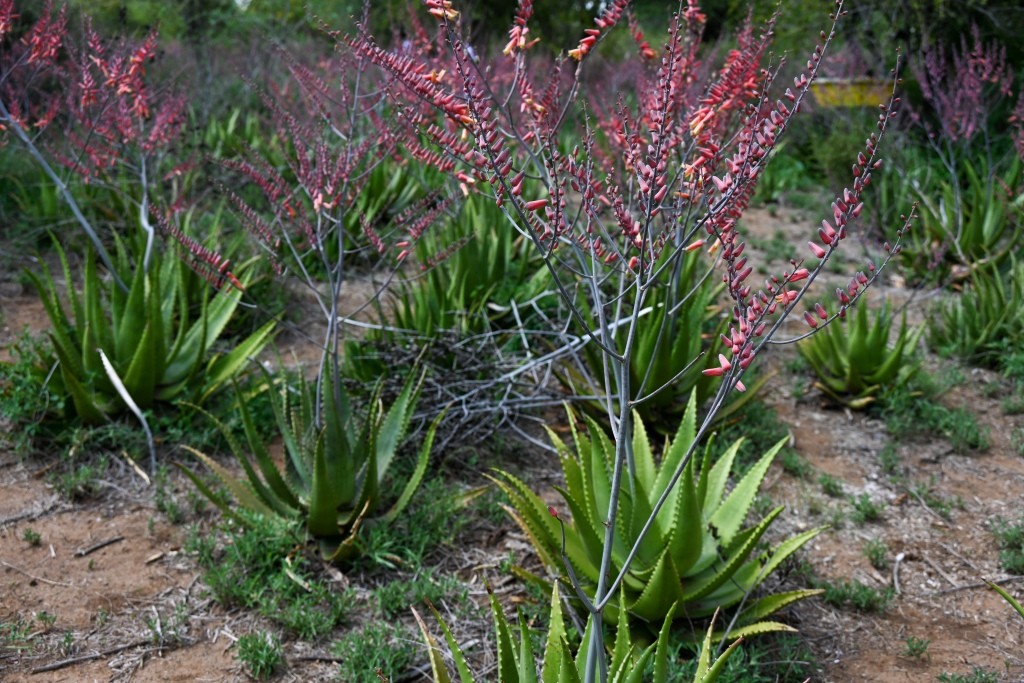The Twala Women’s cooperative cultivates Aloe secundiflora, a plant with broad, glossy, green leaves. The leaves are harvested without chemical fertilizers in Kenya’s semi-arid Laikipia Plateau. Known as “osunguroi” in the Maasai language, the plant’s leaves have been traditionally used for both medicinal purposes and fermented drinks.
Distinctive characteristics of Twala’s aloe leaves
- Species: The cooperative specifically grows Aloe secundiflora, which is a succulent plant indigenous to East Africa.
- Appearance: The plant forms a large rosette with broad, spear-shaped, glossy leaves. The leaves are glaucous green and often have red or brown teeth along the margins. Younger plants may have spots on the leaves.
- Growth: The plants are drought-tolerant and well-suited to the arid conditions of Laikipia.
- Cultivation: The women’s cooperative grows the aloe without the use of chemical fertilizers to protect the local soil and water.
- Harvesting: The leaves are harvested by hand, with the cooperative noting that just two large leaves can weigh a kilogram.


Reviews
There are no reviews yet.